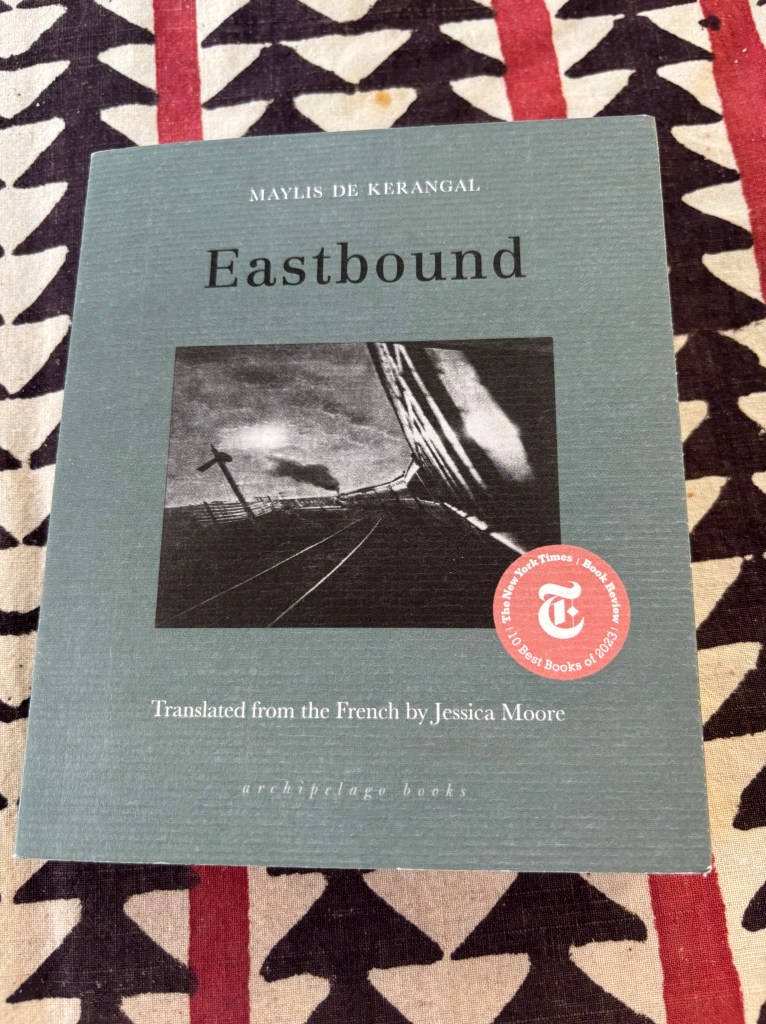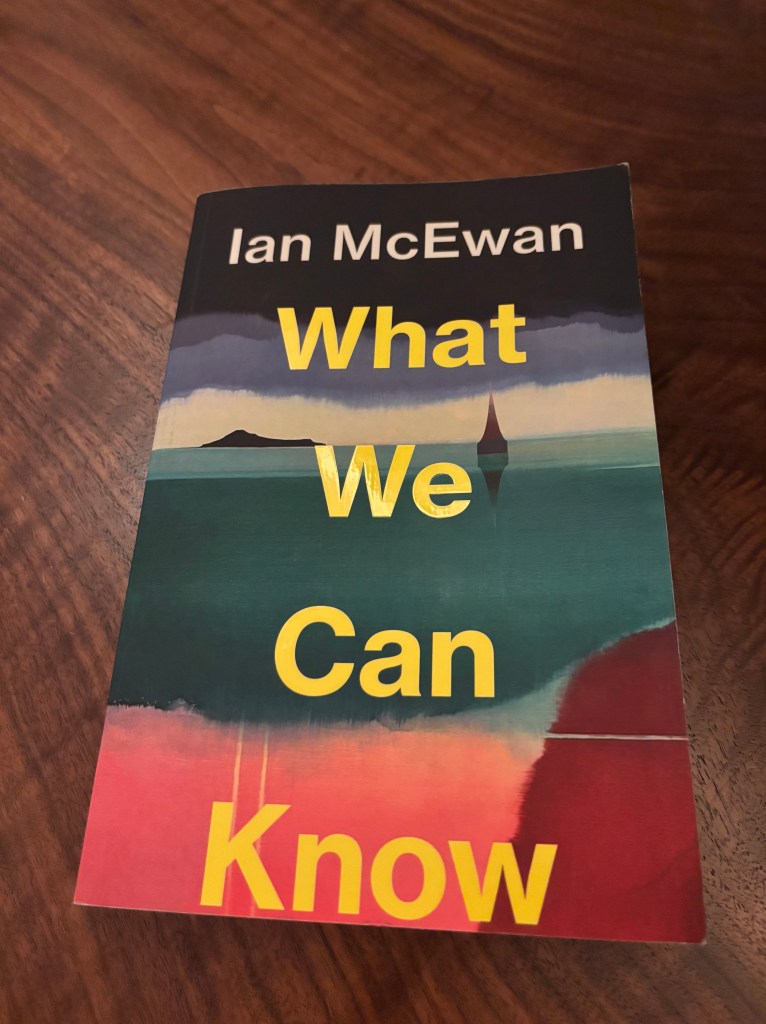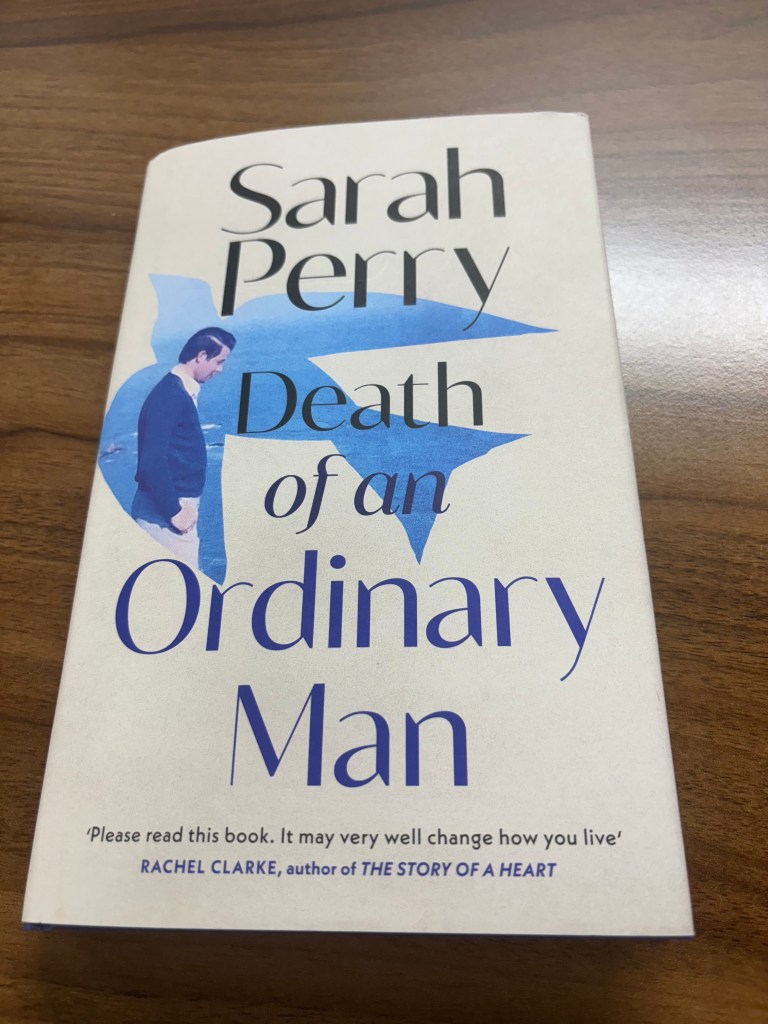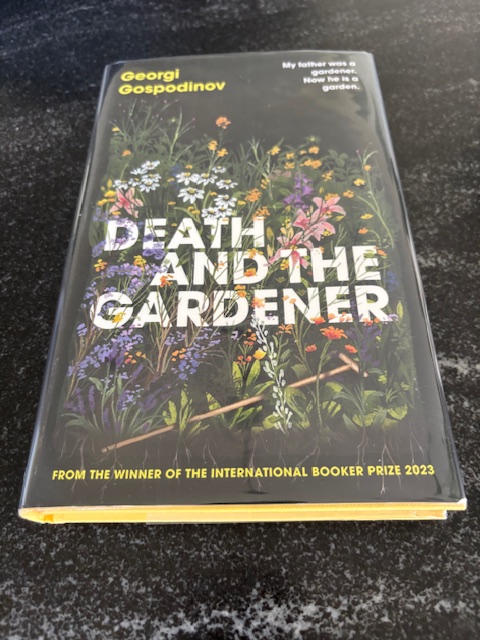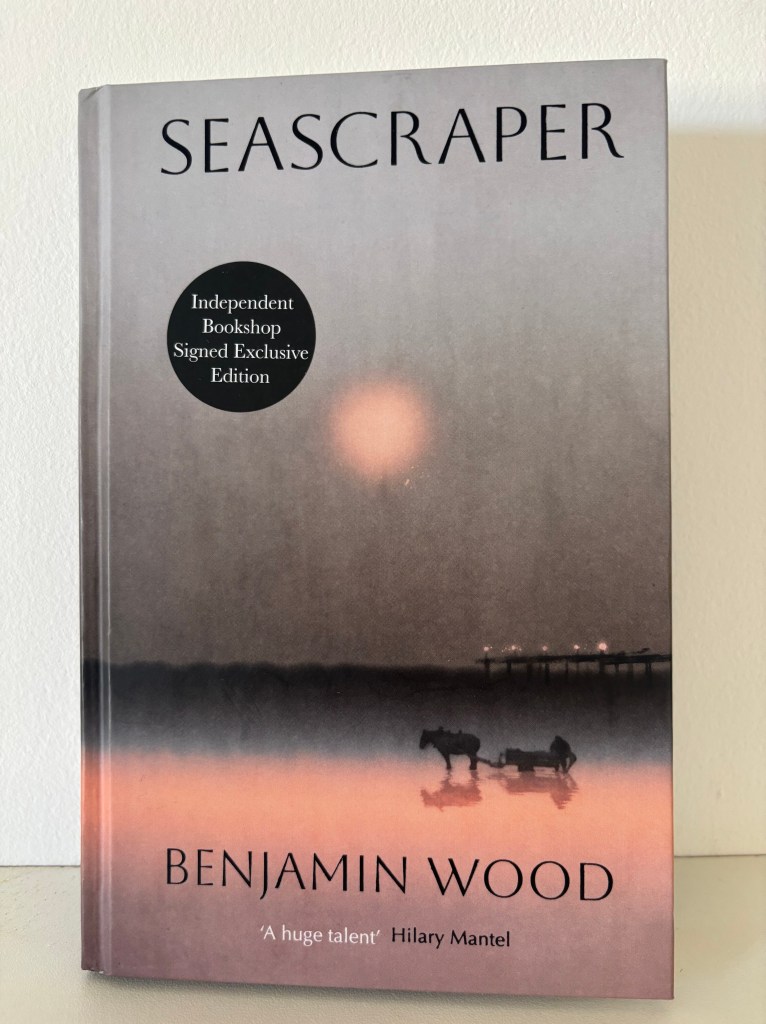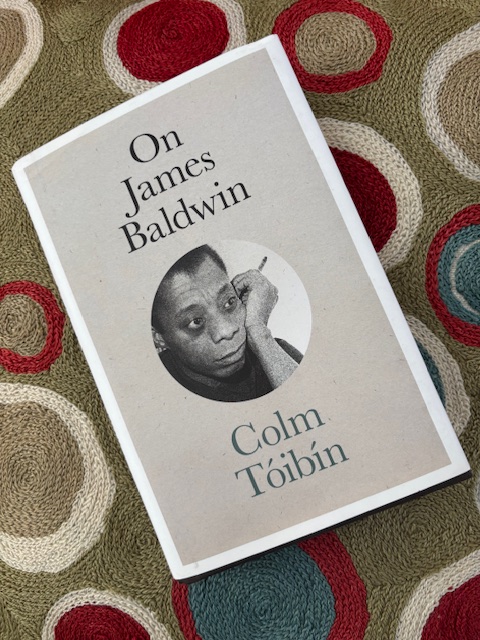
I read “true crime” books very rarely. In fact, I can only think of a few. Capote’s In Cold Blood, of course, and one or two others. My aversion to the genre is simple enough to explain. Many such books, at least in my experience, are badly written and are motivated by a ghoulish and sometimes prurient interest in the misfortune and misery of others. They are, more often than not, the literary equivalent of slowing down to watch a car accident.
This House of Grief is something very different. It is mostly an account of the trial of Robert Farquharson who stood accused of the murder of his three sons on Father’s Day, 2005. The crime and the trial captivated Australian society at the time, but I was entirely unaware of them, and of the book (first published in 2014), until I started to get interested in its author, Helen Garner. Garner recently won the Baillie Gifford prize for her diaries, How to end a Story, and it was those that led me to look at her earlier work. On a visit to The Brick Lane Bookshop in London, This House of Grief was displayed prominently and I snapped it up. I am glad I did.
I think the book has become a classic for several reasons. As an account of the drama that can unfold in a courtroom, it is hard to imagine anything better. Garner has a very sharp eye for the peculiarities of human behavior and the trials gave her a great opportunity to train it on the lawyers, spectators, and witnesses. It is also a deeply disturbing report of the depths of wickedness into which a person might descend. It is a story that could have been recounted in a sensational and vulgar way, but in Garner’s hands it is all done with such humanity. This House of Grief is a truly brilliant and compassionate piece of reporting. Garner’s award winning diaries are now top of my Christmas reading wish list.

